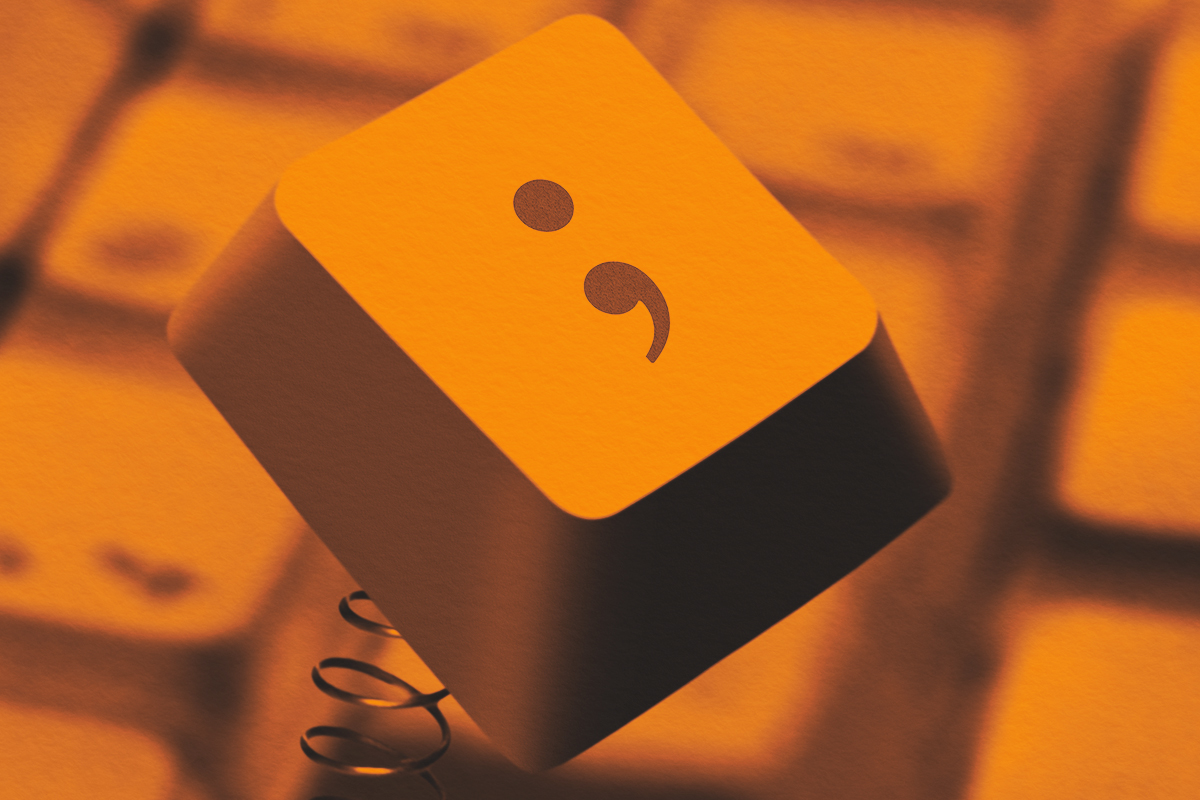
“Though,” “however,” and “but.” All three words share a common goal: contrast. When any of these words appears in a sentence, the reader knows what comes next will be different from, or maybe even the opposite of, what came before.
Consider these examples:
- I love ice cream, but I’m lactose intolerant.
- I love ice cream; however, I’m lactose intolerant.
- I love ice cream, though I’m lactose intolerant.
All of those sentences present the same facts, yet the word choice between clauses in each subtly changes the tone and rhythm. “But” is the most informal, as well as the most versatile choice. It’s a coordinating conjunction (like “and” or “so”) that connects two words or phrases, and it’s the default in everyday writing and speech. It implies a contrast between the clauses on either side of it. The phrase following “but” should be in opposition to the beginning clause. Also, remember that “but” needs a comma when connecting two complete clauses but not when connecting short phrases or simple words:
- I was ready for school, but I missed the bus.
- School was hard but interesting.
“However” is more formal. It is a conjunctive adverb, not a coordinating conjunction, so it needs more than a simple comma to make the connection. It may start a new sentence, or it may be used after a semicolon, beginning a new complete phrase. As with “but,” there is contrast between the two parts, usually with “however” introducing something that contradicts the first part. Other conjunctive adverbs include “rather,” “furthermore,” or “meanwhile.” Here are some examples of “however” in action:
- The data is promising; however, more research is needed.
- The data is promising. However, more research is needed.
- The data is promising. More research is needed, however.
In terms of tone, “though” is the most conversational. Grammatically, it is a subordinating conjunction, meaning it connects a dependent clause to an independent one. A comma is not needed before “though” and the dependent clause. The purpose of “though” is to introduce something in opposition to the first part, or to qualify a statement.
- I like the design though it’s not perfect.
- Though it’s not perfect, I like the design. (A comma is used when the subordinating conjunction begins the sentence.)
When it comes to choosing among these three contrasting words, the choice is less about strict grammar than it is about the rhythm and tone you want to convey.
For direct contrast, choose “but”: I love coffee, but I can’t drink it after 3 p.m.
Use “however” for a formal shift or a contradiction: I love coffee. However, I can’t drink it after 3 p.m.
“Though” is appropriate in casual usage or for a gentle concession: I love coffee though I can’t drink it after 3 p.m.

















